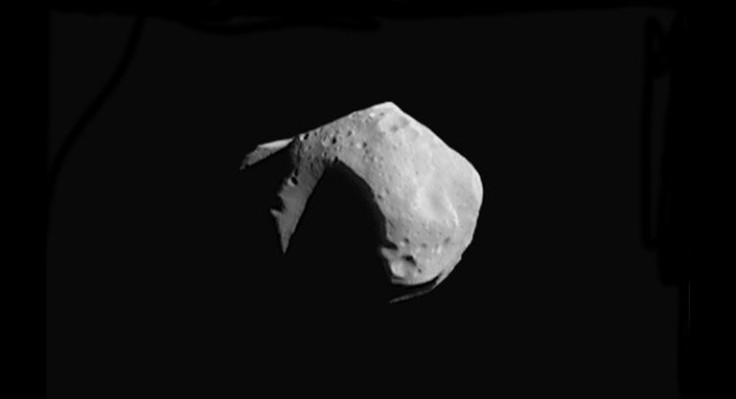Earth’s Mini-Moon Is Gone, Astronomers Confirm

KEY POINTS
- Earth's mini-moon has left the planet's orbit
- 2020 CD3 is not the first object to orbit Earth
- 2020 CD3 will return to its original orbit around the Sun
Astronomers confirmed that the mini-moon that was discovered circling Earth last month had already left the planet’s orbit. Although the mini-moon most likely won’t return anytime soon, the astronomers believe that another cosmic object will likely enter Earth’s orbit someday.
Earth’s mini-moon is officially called 2020 CD3. It is not yet clear if it was an asteroid that got caught in Earth’s orbit as it passed by or if it was a chunk from the Moon.
2020 CD3 was first discovered on Feb. 15 by astronomers using the NASA-funded Catalina Sky Survey observatory in Arizona. Based on the observations, the astronomers estimated that the cosmic object could be about 3 to 6 feet wide.
Through studies on the object, the astronomers were able to track its trajectory. According to their findings, 2020 CD3 may have entered Earth’s orbit around three years ago.
Interestingly, 2020 CD3 is not the first mini-moon to appear around Earth. Back in September 2006, astronomers discovered a near-Earth asteroid about 9 meters wide flying around the planet. Known as 2006 RH120, the asteroid followed a path around the Sun, but it is also known to make close approaches to the Earth and the Moon.
Due to its close-approaches, it was temporarily captured by Earth’s gravitational pull, causing 2006 RH12 to become the planet’s mini-moon for about nine months. The small asteroid left Earth’s orbit in June 2007.
Like 2006 RH12, 2020 CD3 had also left Earth’s orbit. For astronomers, 2020 CD3’s departure did not come as a surprise since it was following an unstable orbit around the planet. This means that it was traveling farther and farther away from the planet until it was able to break free from Earth’s pull.
Currently, the object is on its way to follow its original trajectory around the Sun. Astronomers believe it won’t be the last object to orbit Earth due to the planet’s orientation.
“We’re continually in a transient ballet with small objects that are changing their orbits,” Michele Bannister, a planetary astronomer at the University of Canterbury in New Zealand, told The Atlantic.
“Sometimes, one of them will be on an orbit that is sufficiently close, exactly the right parameters where we can pick it up and dance with it for a while,” she added. “And these are short dances.”
© Copyright IBTimes 2024. All rights reserved.





















